

Articles
What Is A Shared Driveway
Modified: December 7, 2023
Discover the benefits and drawbacks of having a shared driveway in our informative articles. Learn how to manage and resolve common issues with shared driveways.
(Many of the links in this article redirect to a specific reviewed product. Your purchase of these products through affiliate links helps to generate commission for Storables.com, at no extra cost. Learn more)
Introduction
In today’s crowded neighborhoods and urban areas, finding ample parking space can be a challenge. This is especially true for homeowners who live in houses with limited driveway space. However, there is a solution that can help alleviate this problem – shared driveways.
Shared driveways, as the name suggests, are driveways that are shared between two or more neighboring households. It involves the division of driveway space to accommodate the parking needs of multiple homeowners. In this article, we will explore the concept of a shared driveway, its benefits, considerations, legal issues, and maintenance responsibilities.
So, if you’re interested in maximizing your parking space and fostering good neighborly relations, then read on to discover everything you need to know about shared driveways.
Key Takeaways:
- Shared driveways offer homeowners the opportunity to maximize parking space, save costs, and foster community spirit through cooperation and communication with neighbors. However, careful consideration of maintenance, legal issues, and privacy concerns is crucial for a successful arrangement.
- While shared driveways provide benefits such as optimized parking and improved aesthetics, potential drawbacks include limited autonomy, potential conflicts, and complex maintenance coordination. Homeowners should weigh these pros and cons carefully before opting for a shared driveway arrangement.
Definition of a Shared Driveway
A shared driveway refers to a situation where two or more adjacent properties share a common access point for their vehicles. Instead of having separate individual driveways, homeowners agree to divide the available space and use it collectively. This arrangement allows for more efficient use of land and can help alleviate parking shortages in densely populated areas.
The shared driveway may take different forms depending on the layout and design of the properties involved. In some cases, it may be a narrow strip of pavement that runs between two houses, while in others, it could be a wider expanse that accommodates multiple vehicles side by side.
The key aspect of a shared driveway is the shared access and usage rights. Homeowners must mutually agree on the terms and conditions for using the driveway, including the allocation of parking spaces, access rights, and maintenance responsibilities.
In many cases, shared driveways are associated with properties that are physically linked, such as semi-detached houses, townhouses, or houses in a row. However, even standalone houses with adjacent empty lots or vacant land can opt for a shared driveway arrangement to optimize the use of space.
Benefits of a Shared Driveway
Shared driveways offer several advantages to homeowners, making them an attractive option in many situations. Here are some key benefits:
- Optimized parking space: One of the primary benefits of a shared driveway is the increased parking availability. By sharing the same driveway, homeowners can park their vehicles side by side, making it easier to accommodate multiple cars without the need for additional driveways or parking areas.
- Cost-saving: Sharing a driveway can result in significant cost savings for homeowners. Building individual driveways for each property can be expensive, especially if the land is limited. By pooling resources, homeowners can divide the cost of constructing and maintaining the shared driveway, allowing for more efficient use of funds.
- Improved aesthetics: In some cases, having multiple driveways in close proximity can detract from the overall visual appeal of a neighborhood. By opting for a shared driveway, homeowners can create a more aesthetically pleasing environment with a consistent and cohesive look.
- Promotes neighborly relations: Sharing a driveway requires open communication and cooperation between neighboring households. This arrangement fosters a sense of community and encourages neighbors to work together towards maintaining and improving the shared space. It can lead to better neighborly relations and a stronger sense of community.
- Increased landscaping possibilities: With a shared driveway, homeowners have the opportunity to enhance the landscaping and curb appeal of the common area. By coordinating efforts and sharing the responsibility, neighbors can create a visually appealing and well-maintained entrance to their homes.
While the benefits of a shared driveway are clear, it is important to consider various factors before entering into such an arrangement. The next section will explore some key considerations when it comes to shared driveways.
Considerations for Shared Driveways
While shared driveways offer several advantages, it’s important to carefully consider certain factors before entering into a shared driveway arrangement. Here are some key considerations:
- Clear communication: Effective communication is vital for the success of a shared driveway. Homeowners must establish clear guidelines and rules regarding parking spaces, access rights, and maintenance responsibilities. Regular communication and cooperation are essential to avoid conflicts and ensure smooth operation of the shared driveway.
- Compatibility of schedules: Shared driveways require homeowners to consider each other’s parking needs and schedules. If there are multiple households with different working hours or frequent vehicle usage, it’s important to ensure that there is sufficient space and flexibility to accommodate everyone’s needs. Adjustments and compromises may be necessary to avoid inconvenience and conflicts.
- Maintenance agreement: Determining the responsibility and cost-sharing for the maintenance and upkeep of the shared driveway is crucial. This includes regular cleaning, snow removal, repairs, and resurfacing. Homeowners should have a written agreement outlining the maintenance tasks and how the costs will be divided among the shared driveway participants.
- Privacy concerns: Shared driveways involve sharing a common space with neighbors, and this can lead to potential privacy concerns. Homeowners should discuss and establish boundaries to ensure privacy is respected and maintained. This could include designated parking areas, landscaping features, or fencing to create separation if desired.
- Flexibility for future changes: As circumstances and needs change over time, shared driveway participants should consider the flexibility for modifications or changes to the arrangement. This could include adjusting parking spaces, altering access points, or adding additional shared driveways if required. A proactive approach to discussing and addressing future changes can help avoid conflicts and ensure the longevity of the shared driveway arrangement.
By carefully considering these factors and establishing a solid agreement among participants, homeowners can create a successful and harmonious shared driveway arrangement.
Legal Issues and Agreements
When entering into a shared driveway arrangement, it is important to address any legal issues and establish a formal agreement to protect the rights and responsibilities of all parties involved. Here are some key legal considerations:
- Property rights: Homeowners should confirm the property lines and ensure that the shared driveway falls within the appropriate boundaries. This information can be obtained through a property survey or by consulting with a real estate professional.
- Easement agreement: An easement is a legal document that grants one party the right to use another party’s property for a specific purpose, such as accessing a shared driveway. It is essential to have a written easement agreement that clearly outlines the terms and conditions of the shared driveway usage rights. This document should specify access rights, parking allocations, maintenance responsibilities, and any other relevant provisions.
- Homeowners’ association (HOA) rules: In some cases, shared driveways may be subject to the regulations and guidelines set by a homeowners’ association. Homeowners should review the HOA rules to ensure compliance and address any additional requirements specific to shared driveways.
- Professional legal advice: It is highly recommended to seek professional legal advice when establishing a shared driveway arrangement. An attorney experienced in real estate and property law can assist in drafting the necessary legal documents, reviewing existing agreements, and ensuring that all relevant legal requirements are met.
- Transferability: If one of the properties involved in the shared driveway arrangement is sold, it is important to consider how the agreement will be transferred to the new homeowner. The terms and conditions of the shared driveway arrangement may need to be clearly stated in the property sale documentation and communicated to the new homeowner.
By addressing these legal considerations and establishing a formal agreement, homeowners can protect their rights and ensure a clear understanding of the shared driveway arrangement.
When using a shared driveway, it’s important to communicate and cooperate with your neighbors to ensure smooth access and parking. Be considerate of each other’s needs and establish clear guidelines for usage and maintenance.
Maintenance and Shared Responsibilities
One of the key aspects of a successful shared driveway arrangement is establishing clear guidelines and responsibilities for maintenance. Here are some considerations regarding maintenance and shared responsibilities:
- Maintenance tasks: Homeowners should determine the specific maintenance tasks that need to be carried out regularly. This may include cleaning the driveway, removing debris, repairing any damages, and ensuring proper drainage. It is essential to create a comprehensive list of maintenance tasks to avoid any misunderstandings or disputes.
- Frequency of maintenance: Establishing a maintenance schedule is important to ensure that the shared driveway remains in good condition. Determine how frequently the maintenance tasks should be performed, taking into account factors such as weather conditions, usage patterns, and the condition of the driveway.
- Cost-sharing: It is necessary to discuss and agree on how the costs associated with maintenance will be shared among shared driveway participants. This may involve dividing the costs equally or based on the proportion of driveway usage. It is advisable to establish a fair and equitable method for cost-sharing to avoid conflicts.
- Communication: Open and consistent communication among shared driveway participants is crucial for effective maintenance. Establish a method for communication and problem reporting, such as a shared group chat or regular meetings, to address any maintenance concerns promptly.
- Resolving disputes: In the event of a disagreement or dispute regarding maintenance responsibilities, it is important to have a mechanism in place for resolving such issues. This could involve mediation, arbitration, or referring to the terms and conditions outlined in the shared driveway agreement. The goal should be to find an amicable resolution that ensures the continued maintenance of the shared driveway.
By establishing clear maintenance guidelines and shared responsibilities, homeowners can ensure that the shared driveway remains in good condition and functions smoothly for all participants.
Pros and Cons of a Shared Driveway
Shared driveways offer numerous benefits, but they also come with their share of drawbacks. Understanding the pros and cons can help homeowners make an informed decision about whether a shared driveway is right for them. Here are some key advantages and disadvantages:
Pros:
- Maximized parking space: Shared driveways provide a solution for homeowners with limited driveway space by allowing for multiple cars to park side by side.
- Cost-saving: Sharing the cost of constructing and maintaining a single driveway is more economical than building and maintaining multiple individual driveways.
- Improved aesthetics: By opting for a shared driveway, homeowners can create a more visually appealing and cohesive entrance to their properties.
- Promotes community spirit: Sharing a driveway requires cooperation and communication among neighbors, fostering a sense of community and neighborly relations.
- Increased landscaping possibilities: With a shared driveway, homeowners have the opportunity to collectively enhance the landscaping and curb appeal of the common area.
Cons:
- Limited autonomy: Shared driveways require homeowners to consider each other’s schedules and parking needs, which may result in some compromises and adjustments.
- Potential conflicts: Disputes may arise over parking spaces, maintenance responsibilities, and other aspects of the shared driveway arrangement, leading to potential conflicts with neighbors.
- Lack of privacy: Sharing a driveway means sharing a common space with neighbors, which may result in a loss of privacy and the need to establish clear boundaries.
- Complex maintenance: Coordinating maintenance tasks and cost-sharing among shared driveway participants may require regular communication and can be more complicated than maintaining an individual driveway.
- Restrictions on modifications: In a shared driveway arrangement, modifications or changes to the shared space may require agreement and consensus among homeowners, limiting individual autonomy over the driveway area.
It is important to carefully weigh these pros and cons based on your specific circumstances and priorities before deciding to enter into a shared driveway arrangement.
Read more: What Are Wireless Security Pre-shared Keys
Conclusion
Shared driveways can be an excellent solution for homeowners looking to optimize parking space, foster a sense of community, and save costs. By sharing a driveway with neighboring households, homeowners can maximize the parking capacity of their properties and create a visually appealing entrance to their homes. Additionally, shared driveways promote cooperation and communication among neighbors, leading to stronger community bonds and good neighborly relations.
However, it is important to consider various factors before entering into a shared driveway arrangement. Clear communication, compatibility of schedules, and establishing maintenance agreements are crucial to ensure a harmonious and successful shared driveway. Legal considerations, such as property rights, easement agreements, and homeowners’ association rules, should also be addressed to protect the rights and responsibilities of all parties involved.
While shared driveways offer many benefits, there are potential downsides to consider. These include limited autonomy, potential conflicts, and the need to establish boundaries and privacy measures. Additionally, coordinating maintenance tasks and cost-sharing among shared driveway participants may require ongoing communication and cooperation.
In conclusion, shared driveways can be a practical and cost-effective solution for homeowners seeking to maximize parking space and enhance the aesthetics of their properties. By carefully considering the advantages and disadvantages, addressing legal issues, and establishing clear guidelines for maintenance and shared responsibilities, homeowners can create a successful shared driveway arrangement that benefits all participants and contributes to a thriving community.
Frequently Asked Questions about What Is A Shared Driveway
Was this page helpful?
At Storables.com, we guarantee accurate and reliable information. Our content, validated by Expert Board Contributors, is crafted following stringent Editorial Policies. We're committed to providing you with well-researched, expert-backed insights for all your informational needs.
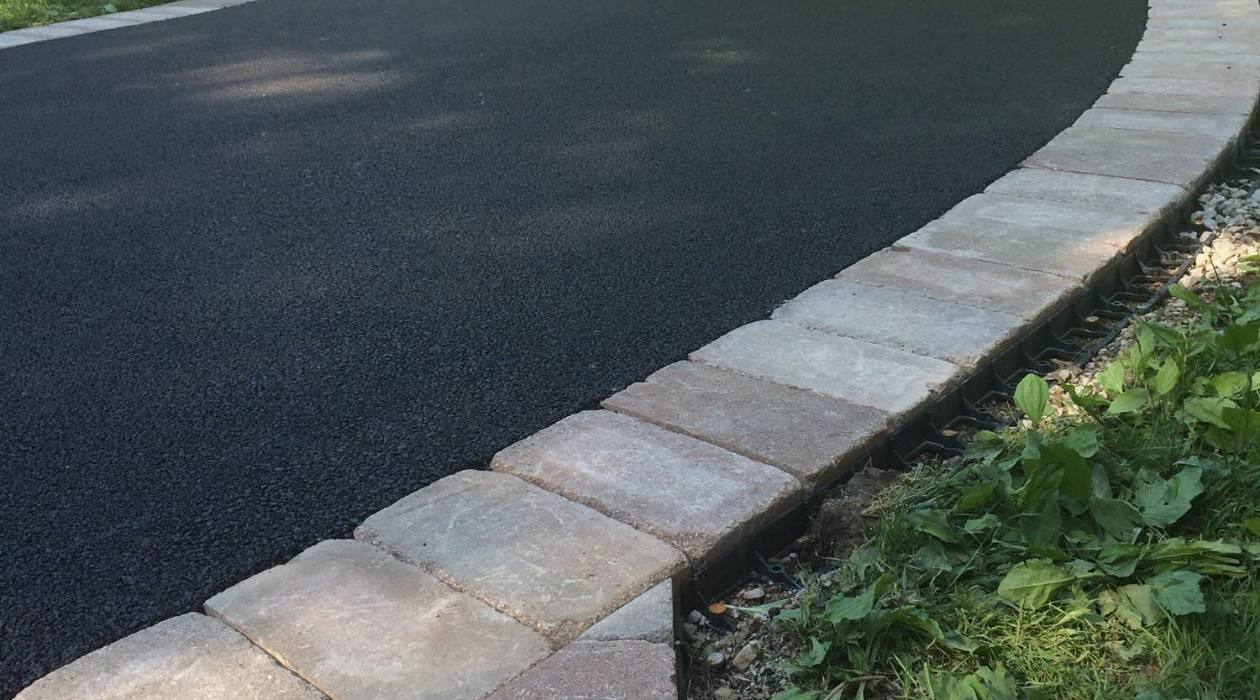

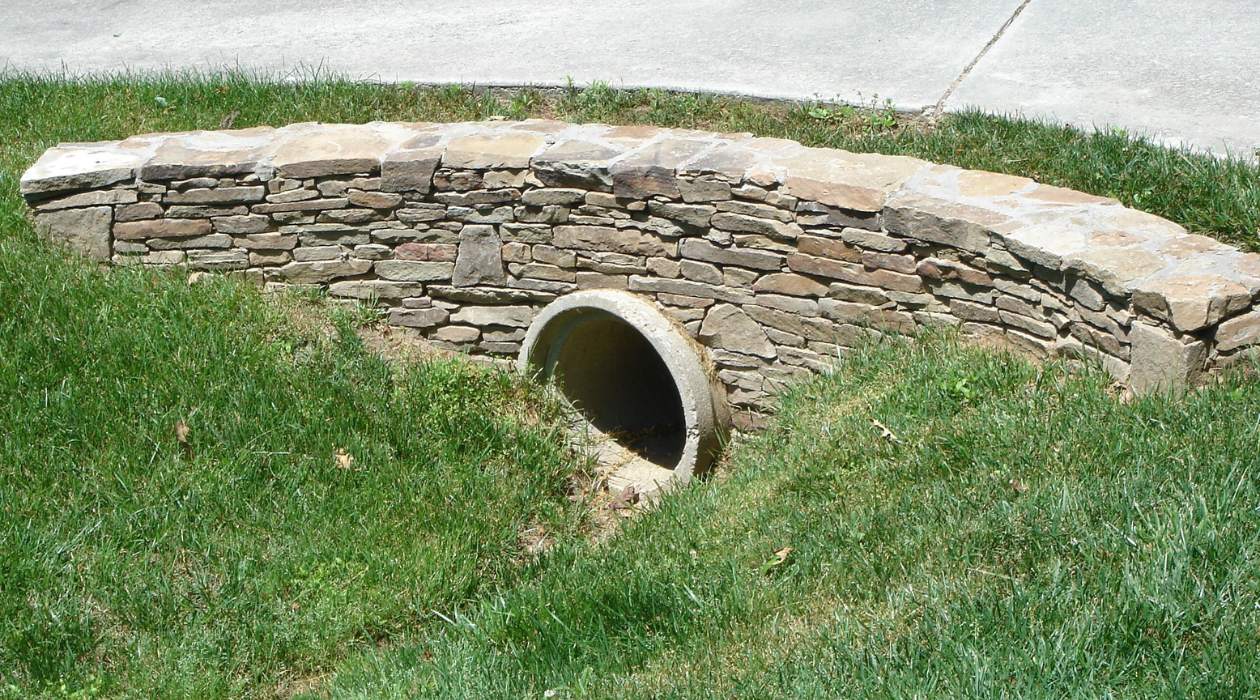
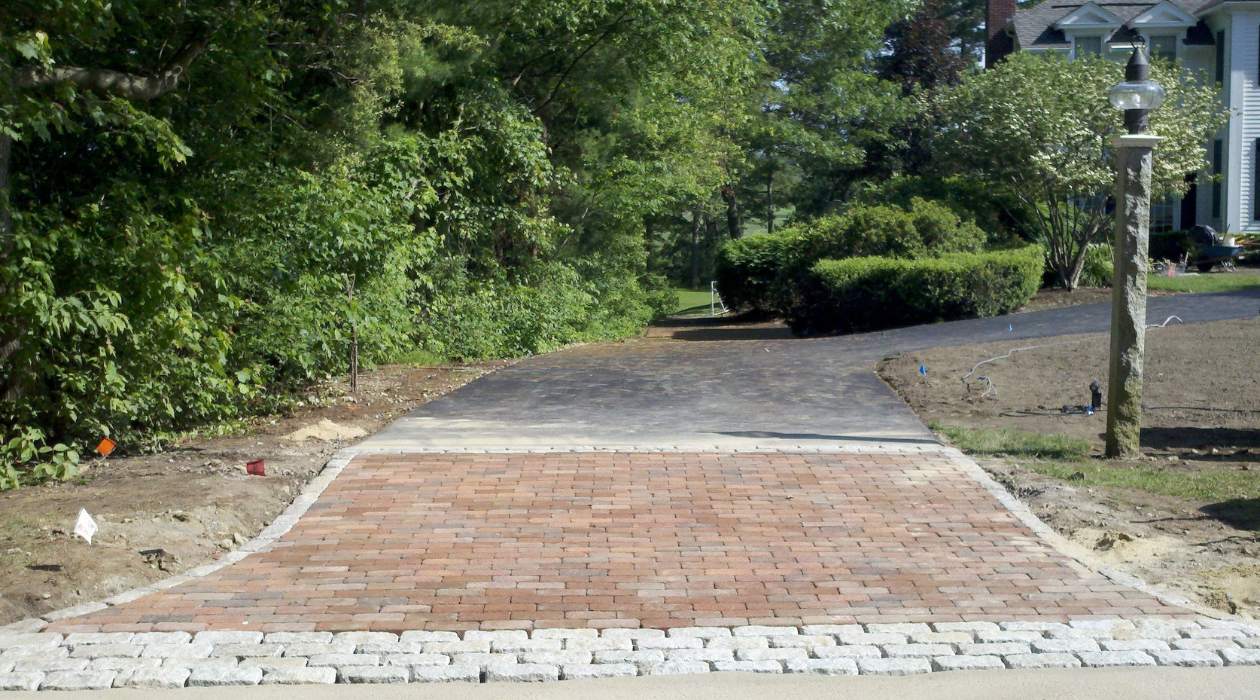
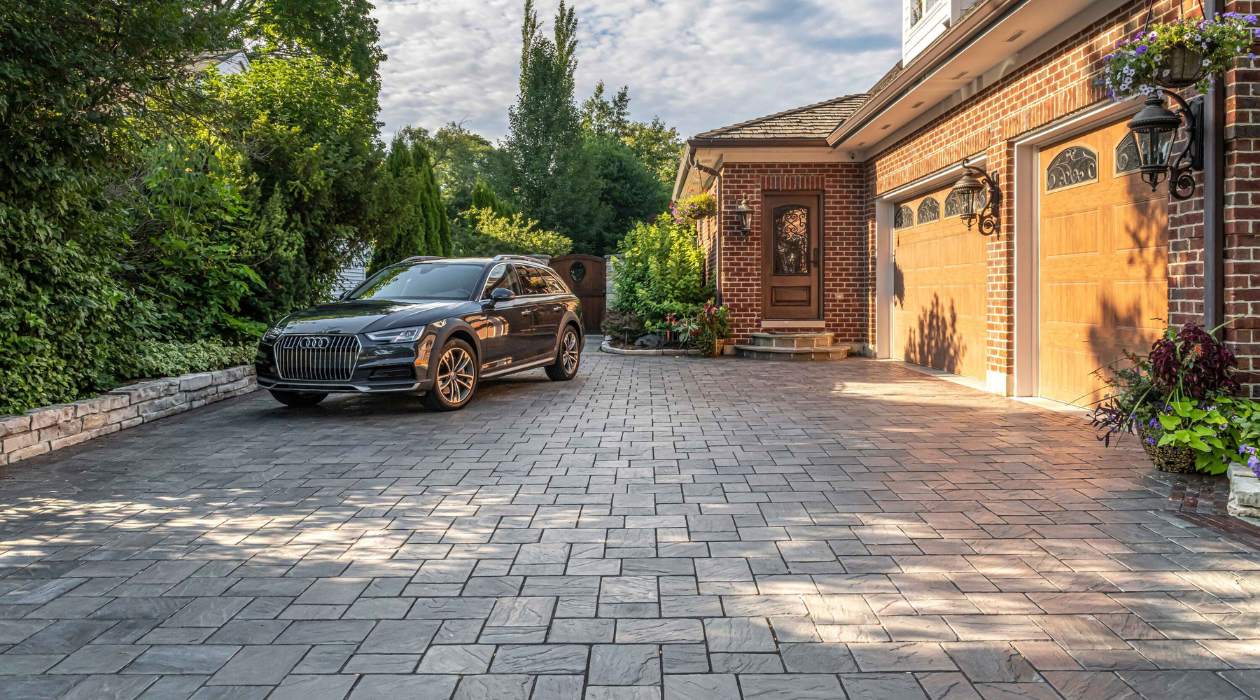
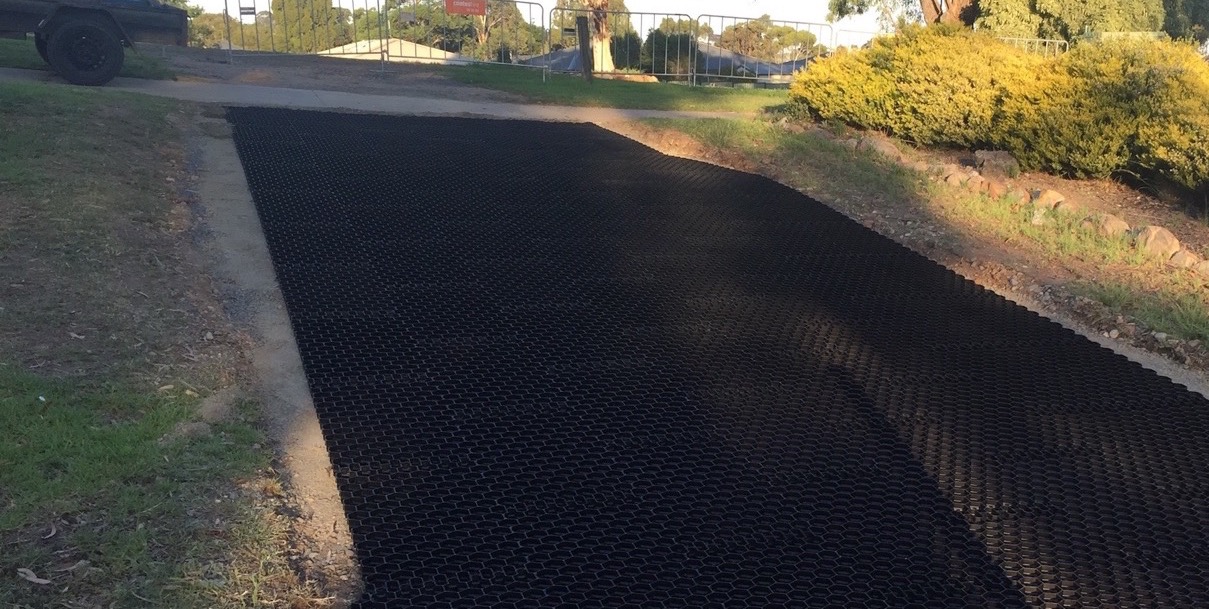


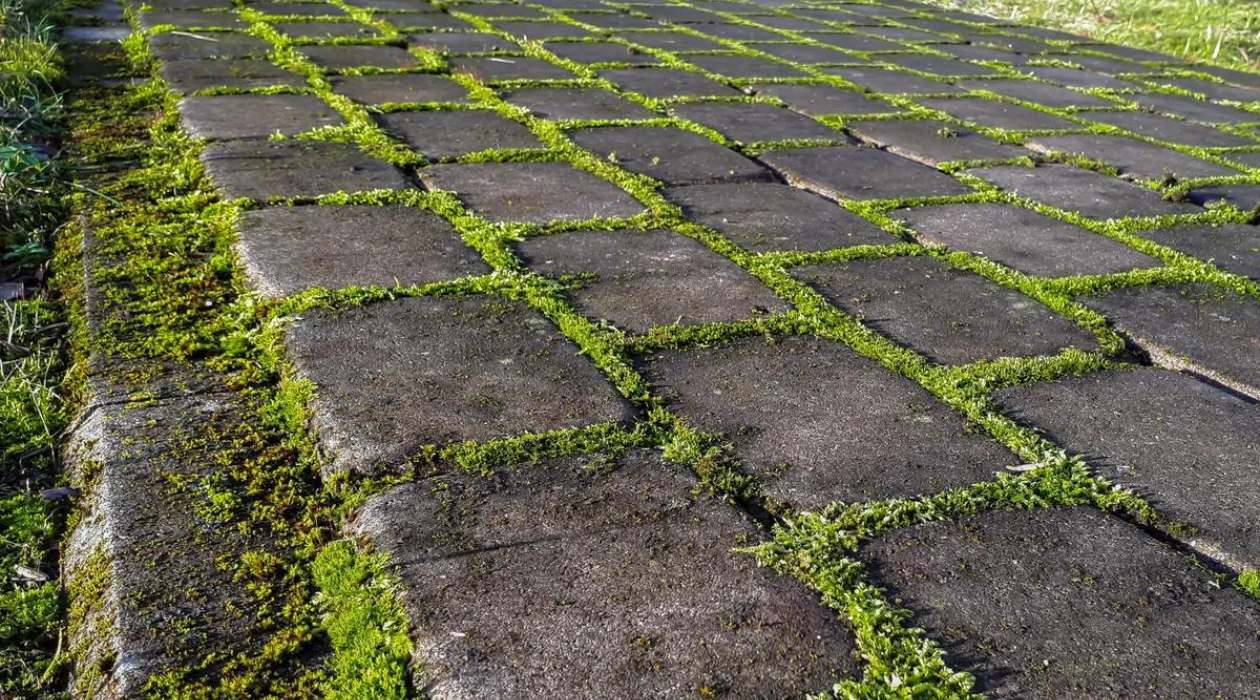

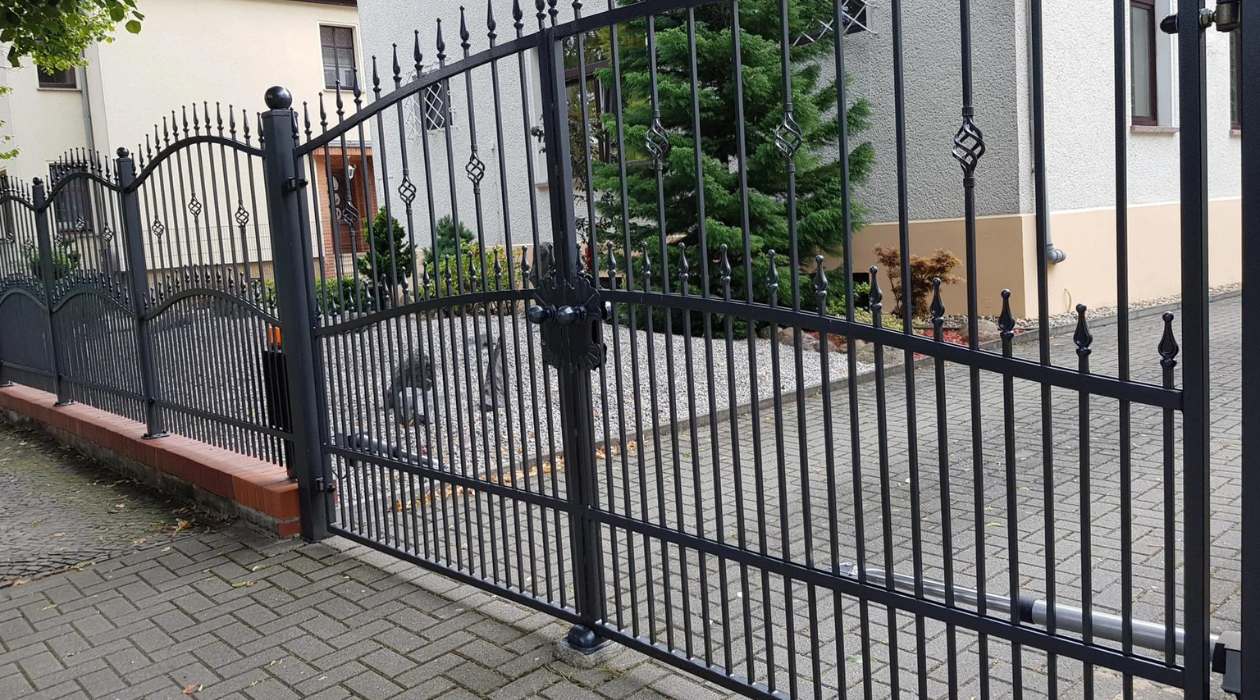
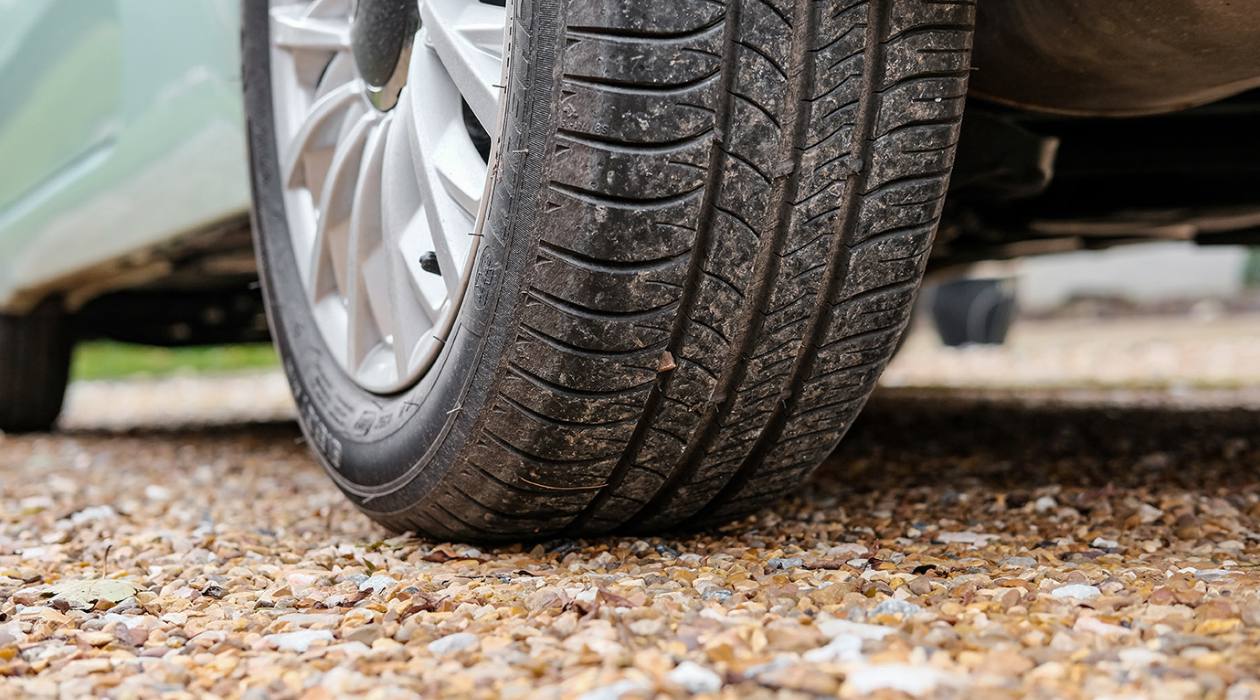


0 thoughts on “What Is A Shared Driveway”